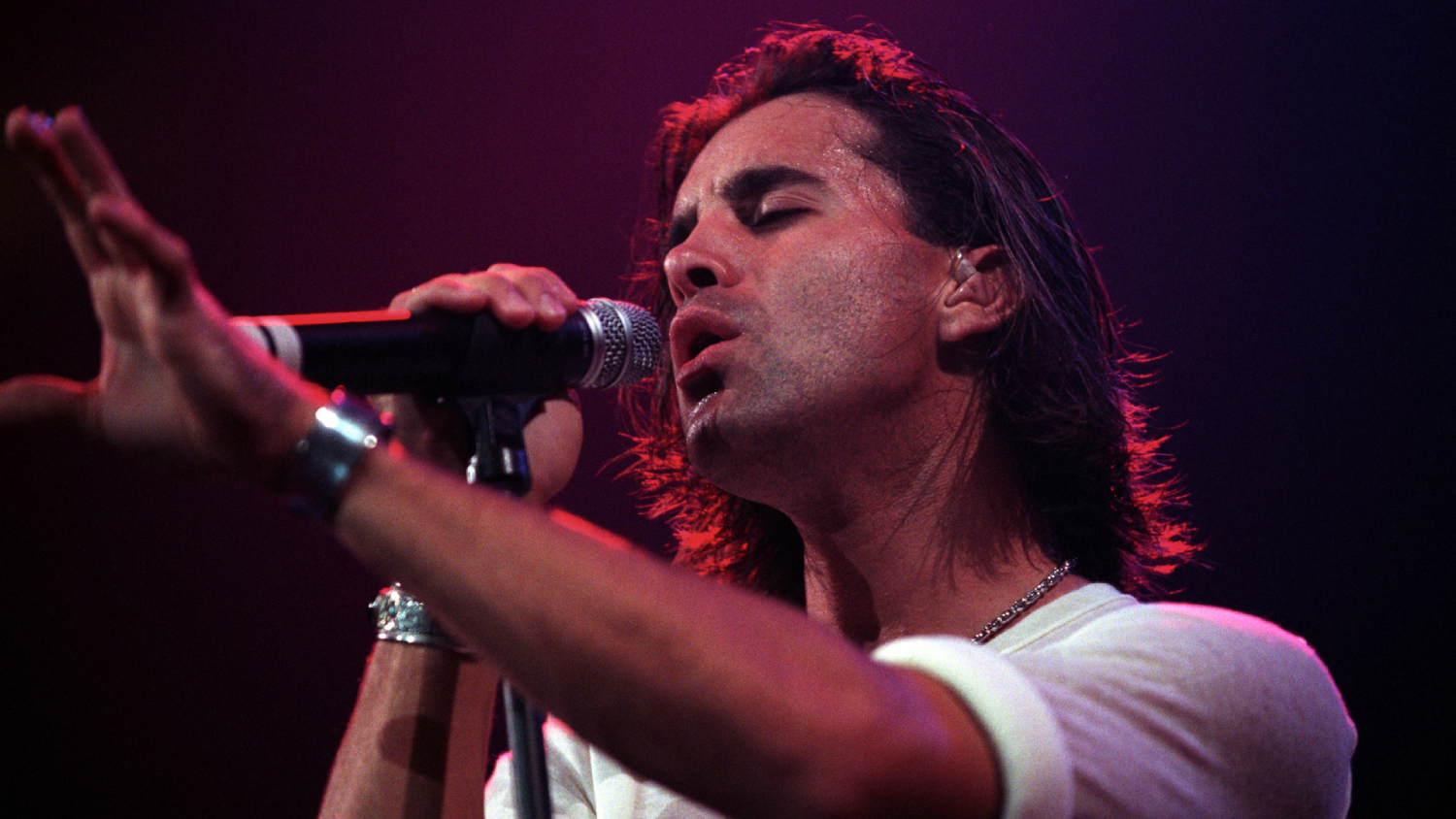A Cliff Burton museum has opened in Sweden. We went to the opening
We visited the museum in Sweden dedicated to late Metallica legend Cliff Burton, and this is what we found
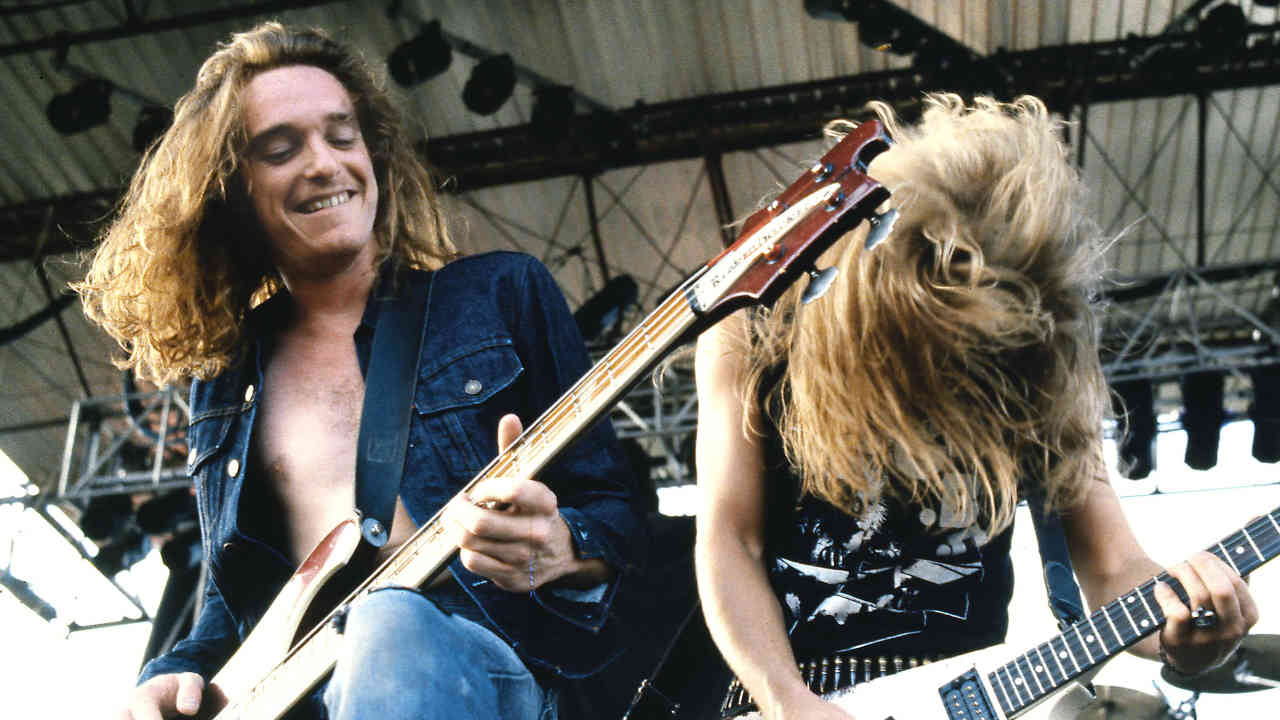
In the early hours of September 27, 1986, Metallica bassist Cliff Burton died when his band’s tour bus crashed on a country road near the town of Ljungby in southern Sweden. When you visit the site nowadays, the scene appears not to have changed: if you consult the original photos of the bend in the road where the bus spun and fell over, crushing Cliff as he fell through the window, it’s obvious that everything is pretty much the same. It’s a long, empty road in the middle of nowhere, with nothing to be seen for miles, the odd farm building aside.
Well, that’s not quite true: what’s there now that wasn’t there 36 years ago is a full-blown Cliff Burton Museum, which opened on May 14 and is now a meeting point for metalheads who want to pay tribute. The best way to get there is to fly to Copenhagen or Gothenburg and drive the two-hour journey using sat-nav, but public transport is possible too.
It’s worth making the effort, particularly if you’re a Metallica fan. Housed in a small, detached building in the grounds of a hotel, it contains tons of memorabilia, including a replica of the drum kit that Lars Ulrich played on Cliff’s last tour, donated by Mexican fanclub president Aelfredo LeRoux, plus diaries, book excerpts, films and memorabilia collected by fans.
“This is a dream come true for us,” says Aelfredo, who has flown here with his wife Terry Rodriguez from Mexico City, a 32-hour trip that only true devotees would make. “We’ve been here many times in recent years, but Cliff’s legacy continues to grow as the years pass, so we’ll keep coming. It’s so important for Metallica’s worldwide fans to be able to celebrate his memory here.”
Ten minutes’ drive away from the museum is the memorial stone erected in 2006 by a group of Swedish fans called Cliff In Our Minds and the owners of a nearby pub, Gyllene Rasten. The stone sits 100 metres from the bend in the road where Metallica’s bus driver lost control.
Seeing this feels surreal, and worse, there’s a sense of unsolved tragedy. Investigations on the subject of Metallica have largely failed to come up with any solid reason why the bus should have crashed: black ice was suggested but has been mostly discredited, while the driver’s identity has remained hidden.
This lack of closure is partly what attracts thousands of Metallica fans to the memorial stone, as well as bands passing by; you can read the thoughts of Robb Flynn of Machine Head on the subject in his blog of February 7, 2013. The installation of the stone in 2006 gave the visiting fans a tangible destination where they could pay their respects, and in turn, the new museum adds another, more fully realised location for those who want to learn about Cliff.
Sign up below to get the latest from Metal Hammer, plus exclusive special offers, direct to your inbox!
“The Cliff Burton Museum has been created as a meeting place for the fans who visit the memorial stone,” says Krister Ljungberg, who initiated the museum project with his wife Anna- Lena Ljungberg and their associate Magnus Strömberg. He adds, “The museum’s board has had a fantastic collaboration with members of Cliff In Our Minds, and also members of the Mextallica chapter. Cliff’s family will also contribute items to the exhibition.”
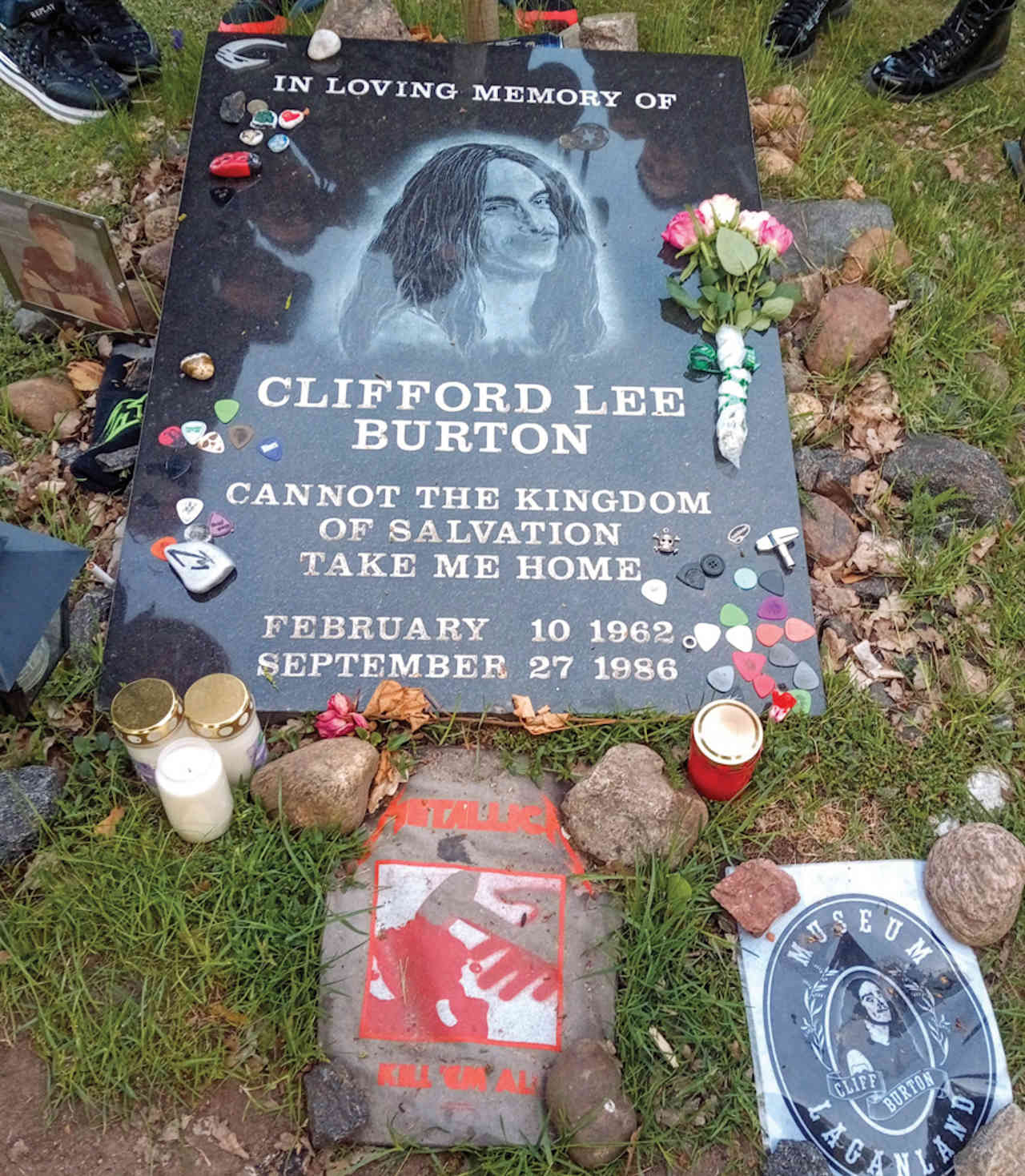
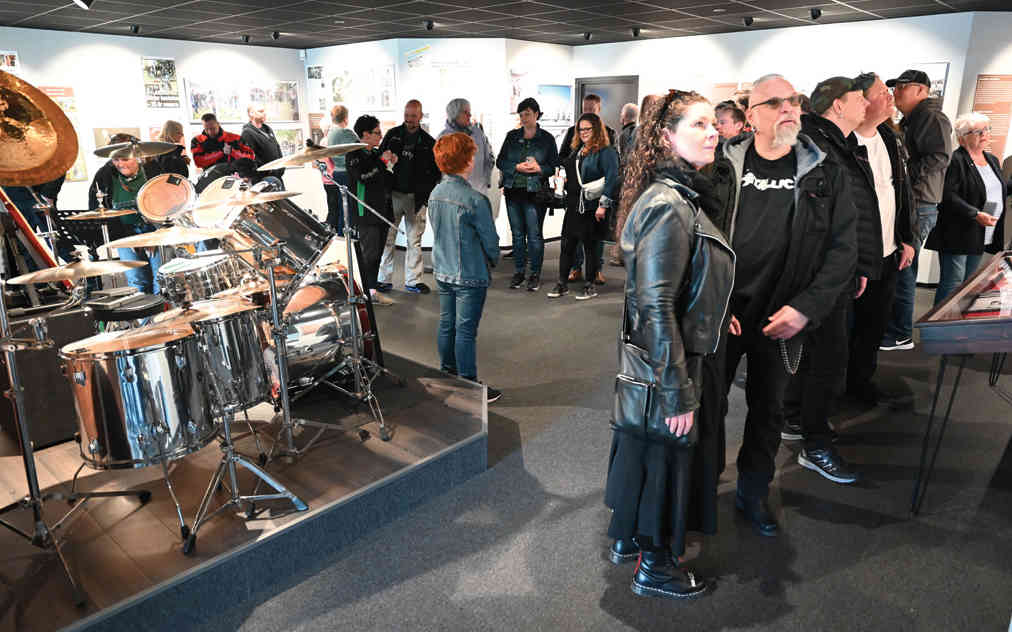

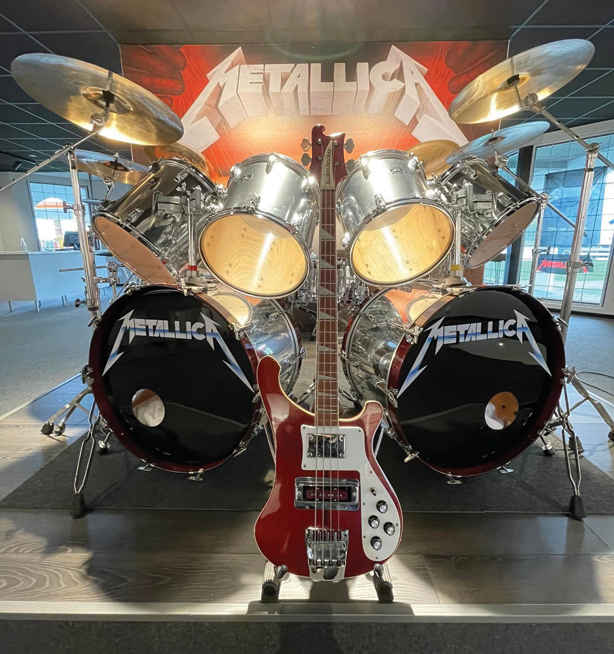

What makes the stone and museum so mind-blowing is that the funds to set them up have come from the local fans and tourism department. That’s true dedication, and nowhere do we witness that dedication more clearly than at the launch event, when a tribute band called Metaholica play Cliff-era songs for a gathering of more than 1,000 visitors.
Tony Asplund of Cliff In Our Minds explains to the crowd how the memorial stone came about. “It was a true collaboration that started out as an idea between a few friends,” he tells us. “After so many years of planning, and a lot of obstacles along the way, the stone has become a real tribute to Cliff. The museum’s function is to give people a fuller picture of who he was and to attempt to demystify the accident, with testimonies from the emergency responder personnel.”
As editor of Bass Player magazine, I also give a speech on why Cliff continues to matter to us, while his friend Frank Bello of Anthrax – who opened for Metallica on that final tour – joins us on Zoom to share some emotional stories about his late friend. We’re treated to a note-perfect rendition of Cliff’s famous solo (Anesthesia) Pulling Teeth by Mexican YouTuber Kello Gonzalez, and then it’s time to toast Cliff at the nearby Hotel Terraza in Ljungby – the very same hotel where James Hetfield and Kirk Hammett stayed after the crash.
Being there is weird, but it also feels right somehow, and while Metaholica play a second set and a lot of strong Swedish beer is consumed, there’s a sense that Cliff would have thoroughly approved.
Thanks to Krister and Anna-Lena Ljungberg. For more information, visit the Cliff Burton Museum on Instagram
Joel McIver is a British author. The best-known of his 25 books to date is the bestselling Justice For All: The Truth About Metallica, first published in 2004 and appearing in nine languages since then. McIver's other works include biographies of Black Sabbath, Slayer, Ice Cube and Queens Of The Stone Age. His writing also appears in newspapers and magazines such as The Guardian, Metal Hammer, Classic Rock and Rolling Stone, and he is a regular guest on music-related BBC and commercial radio.

